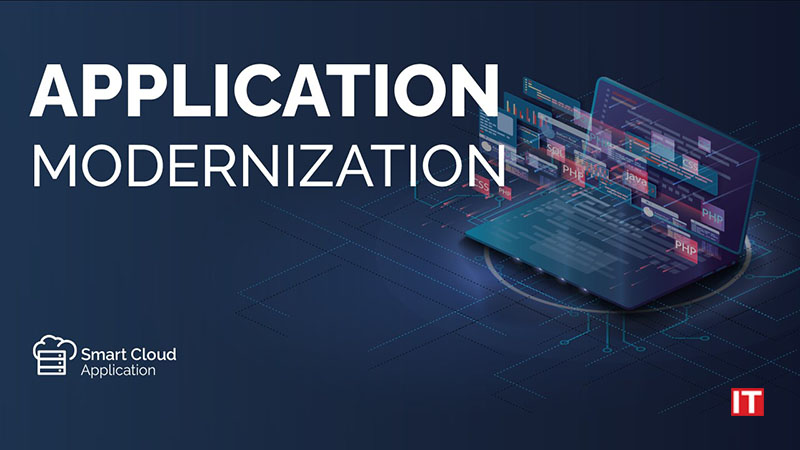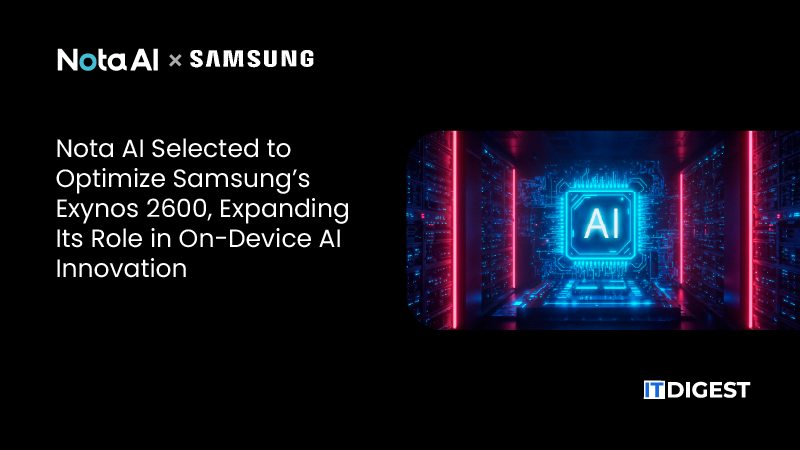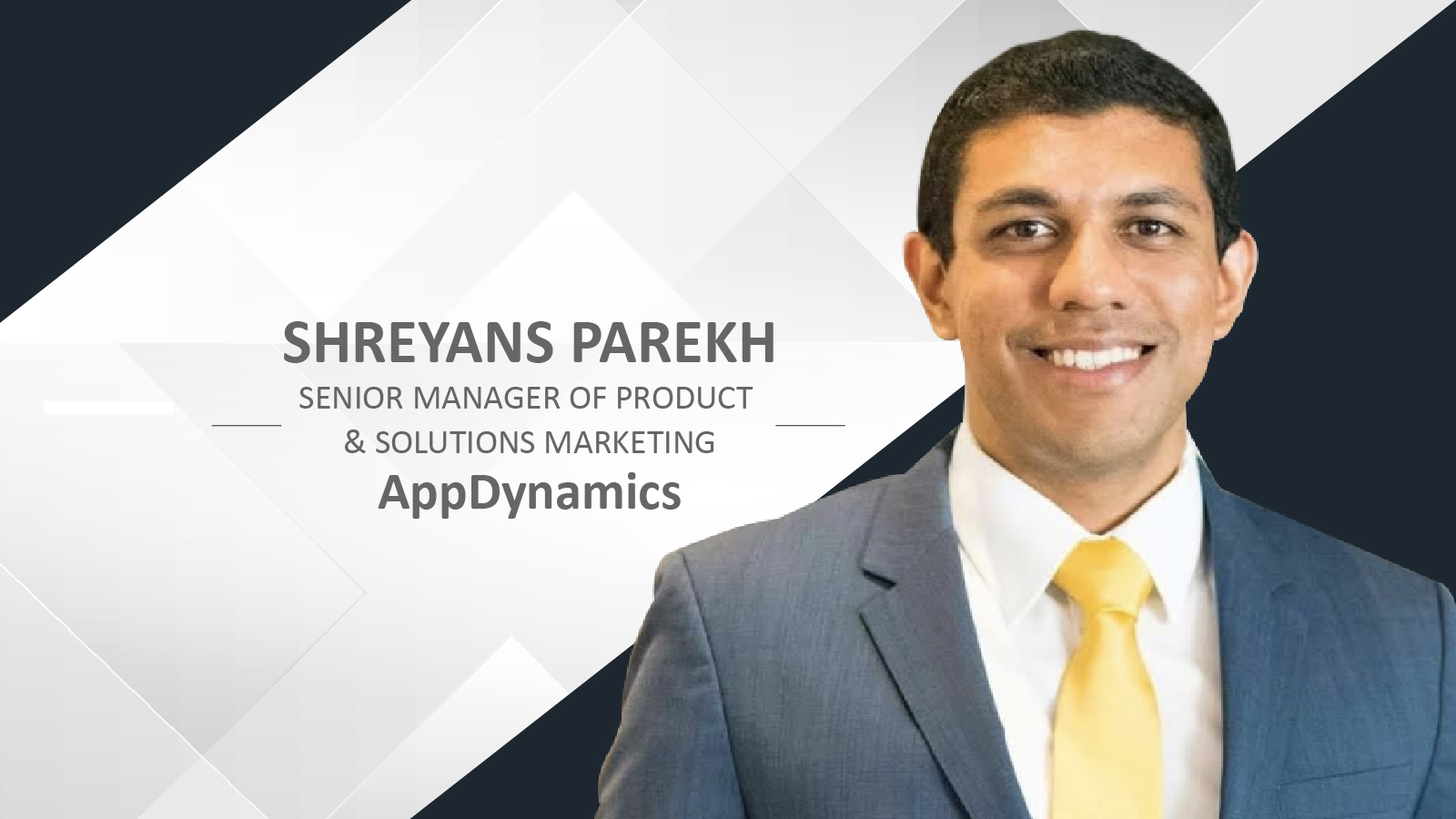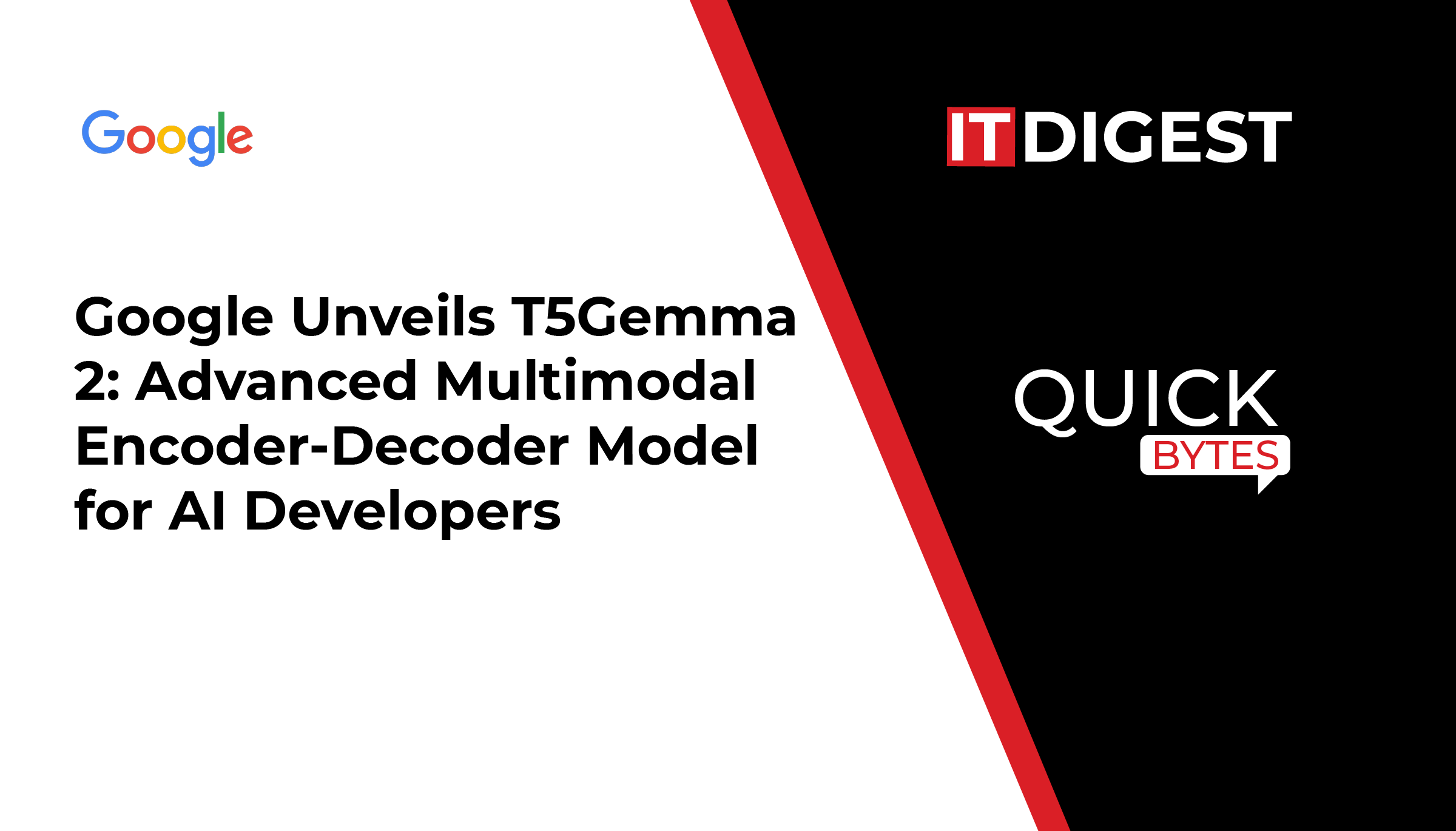iRhythm Technologies, Inc. , a digital health leader focused on creating trusted solutions that detect, predict, and prevent disease, announced a strategic partnership with Lucem Health, a leader in AI-driven early disease detection, to accelerate early identification of undiagnosed arrhythmias in patient populations with an elevated risk for arrhythmias.
“Healthcare is entering an era where the goal is no longer just to detect disease, but to predict it,” said Quentin Blackford, iRhythm President and CEO. “Together with Lucem Health, iRhythm is helping lead a new way forward in care, with the goal of reaching patients before symptoms surface and before complications arise. This is a bold step toward predictive, preventive, and precise care powered by AI, informed by data, and designed for scale. We believe more than 27 million people in the U.S. alone could benefit from proactive cardiac monitoring and this is just the beginning.”
Traditional care models often rely on reactive diagnosis and can leave arrhythmias undetected until stroke, hospitalization, or worse. This partnership brings together Lucem Health’s Reveal AI powered early disease detection platform and iRhythm’s proven diagnostic service to shift that paradigm. By identifying risk earlier and enabling targeted cardiac monitoring, the goal is to help clinicians intervene sooner, improve outcomes across patient populations with elevated arrhythmia risk, and support scalable, data-driven strategies for health systems focused on value-based care.
“Each day, clinicians find themselves reacting to the circumstances of the patients in their exam rooms they often don’t have the time or the information they need to deliver truly proactive care,” said Sean Cassidy, founder and CEO of Lucem Health. “Together with iRhythm, we’re bringing predictive intelligence to healthcare’s front lines enabling earlier action, smarter resource allocation, and better outcomes for patients.”
This strategic partnership, supported by iRhythm’s direct investment in Lucem Health, reflects a shared commitment to advancing predictive innovation for population-level impact.
Introducing a Predictive AI Solution for Smarter, Earlier Arrhythmia Detection
The first commercial offering from the collaboration is an exclusive, AI-powered solution that analyzes subtle patterns in clinical and electronic health record (EHR) data to help identify elevated arrhythmia risk in individuals with Type 2 diabetes (T2D), chronic kidney disease (CKD), chronic obstructive pulmonary disease (COPD), and coronary artery disease (CAD) individuals who may otherwise not be flagged as candidates for ambulatory cardiac monitoring. This offering enables healthcare organizations to proactively pinpoint patients with one or more specifically diagnosed or undiagnosed clinical conditions who could benefit from earlier cardiac monitoring and intervention.
Once identified, appropriate patients can be monitored using iRhythm’s clinically proven Zio® ECG monitors and service. The Zio ECG device is worn for up to 14 days, enabling continuous, uninterrupted heart rhythm monitoring, and the end-to-end service, powered by an advanced FDA-cleared AI algorithm, delivers actionable insights, reviewed and curated by qualified cardiac technicians, to help clinicians make the right diagnosis the first time and support timely care.
Also Read: LucyRx Acquires CerpassRx to Boost Care and Access
By integrating predictive AI, the new offering builds on iRhythm’s existing proactive monitoring programs deployed with healthcare systems focused on population health management and should enable even earlier arrhythmia risk identification and targeted intervention. The solution is designed to support accountable care organizations (ACOs), integrated health systems, payviders, and other managed care organizations that take on financial responsibility for the cost and quality of care as they pursue scalable value-based care strategies.
Early pilot testing conducted by iRhythm, in collaboration with Lucem Health, suggests promising improvement in targeting patient populations with elevated arrhythmia risk and enabling earlier clinical engagement with greater precision. Both organizations anticipate that use of the AI-powered predictive tool will increase arrhythmia detection among an estimated 27 million undiagnosed patients in the U.S. alone, helping reduce healthcare resource utilization (HCRU) and costs, and improve patient outcomes.
The Cost of Missed Arrhythmias and the Case for Earlier Detection
Cardiac arrhythmias, conditions in which the heart beats too fast, too slow, or irregularly, affect roughly 1 in 20 U.S. adults. Left undetected and untreated, they can lead to stroke, heart failure, hospitalization, or death, making early identification and intervention critical. Yet in many care pathways for individuals with T2D and/or other comorbid conditions, arrhythmias are not routinely screened for, despite elevated risk.
A growing body of evidence highlights the opportunity to detect arrhythmias earlier in at-risk populations particularly around key clinical turning points in disease progression, as seen in recent data on patients with T2D.
New research presented at the American Diabetes Association’s 85th Scientific Sessions (ADA 2025), based on a real-world study of more than 30 million U.S. adults, found that arrhythmias often asymptomatic frequently cluster around key moments in disease progression, particularly in T2D patients. Many arrhythmias were identified just before or shortly after diagnoses of CKD or major adverse cardiovascular events (MACE) such as stroke or heart failure.
Source: Globenewswire

































